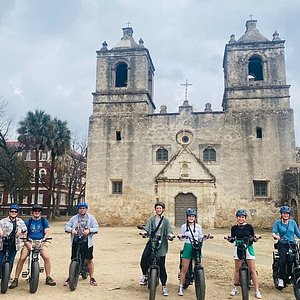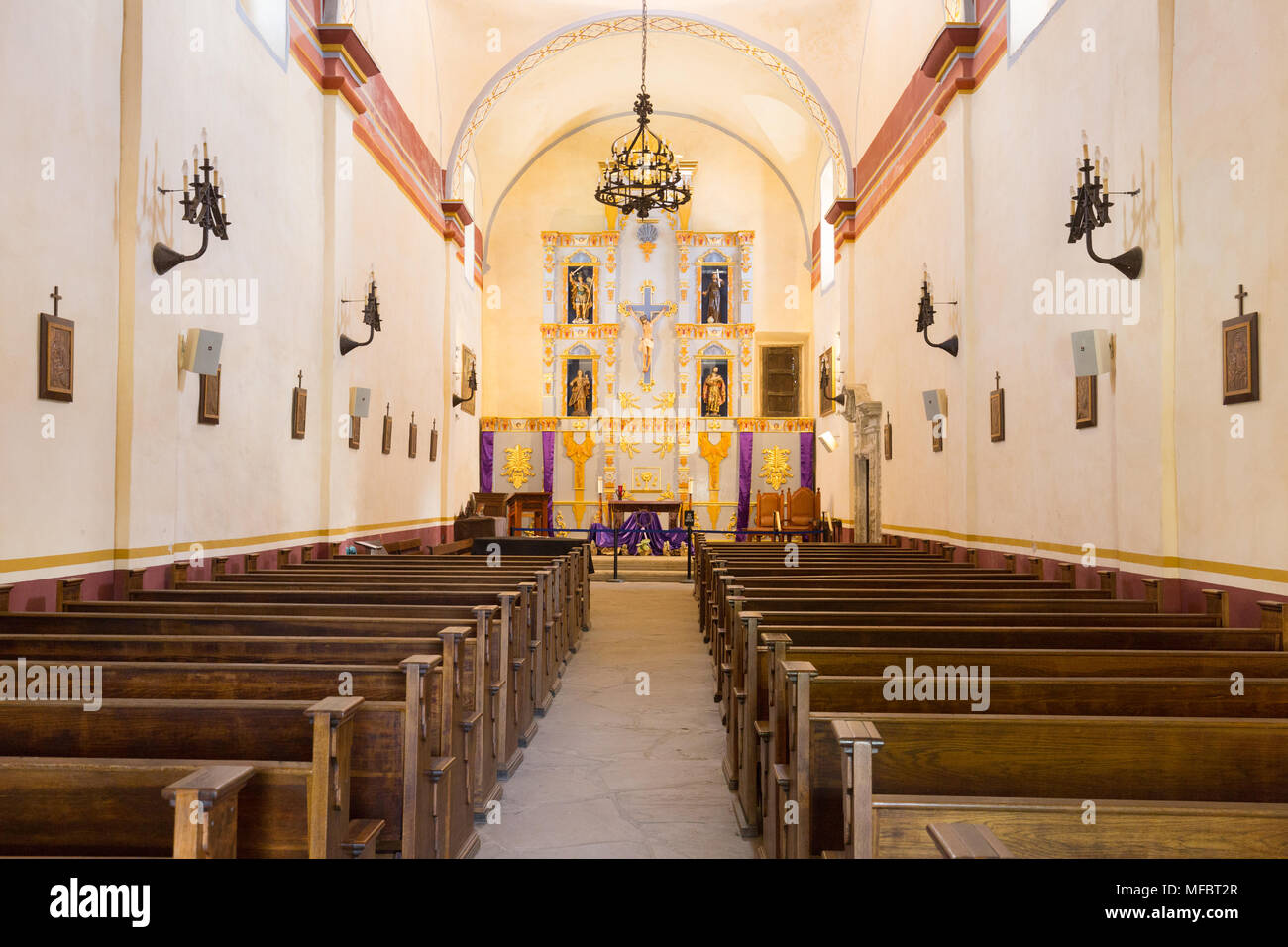San Antonio Missions National Historical Park Hours: Plan Your Trip with Ease
San Antonio Missions National Historical Park Hours: Plan Your Trip with Ease
Blog Article
Explore the Rich Background of San Antonio Missions National Historic Park: a Comprehensive Guide to Its Cultural Significance and Conservation Initiatives
As we get started on a trip with the historical background of these objectives, we reveal architectural wonders that have held up against the test of time. Past the mere physical frameworks, each objective, notably Goal Espada, lugs an extensive cultural weight that reverberates deeply with those who explore its premises.
Historical History of San Antonio Missions
The roots of the historical background of the San Antonio Missions run deep, linking Spanish colonial influence with indigenous cultures in the South Texas region. Established in the early 18th century, these goals were founded by Franciscan friars with the purpose of spreading Christianity and converting the regional aboriginal populations. San Antonio Missions National Historical Park tours. The Spanish Crown sustained these goals as a method of solidifying control over the region and increasing their impact in the New Globe
The Spanish promoters played a considerable function fit the social landscape of the area, introducing brand-new farming methods, style, and spiritual techniques. The aboriginal neighborhoods, such as the Coahuiltecans and other tribes, communicated with the Spanish settlers, causing a blending of beliefs and practices.
With time, the objectives ended up being not just spiritual centers yet social and likewise financial hubs, attracting settlers from numerous backgrounds. Today, the San Antonio Missions stand as a testament to this intricate background, mirroring the enduring legacy of Spanish colonialism and the durability of native cultures in South Texas.
Building Marvels of the Goals
Having laid the structure of social exchange in between Spanish promoters and indigenous neighborhoods, the architectural marvels of the San Antonio Missions exemplify a blend of European and aboriginal craftsmanship that proceeds to mesmerize site visitors. These goals, consisting of Goal San Jose, Mission Concepcion, Objective San Juan, Objective Espada, and the Alamo, showcase distinguishing characteristics such as elaborate exteriors, intricate carvings, colorful frescoes, and tough rock walls. The Spanish Colonial architecture, identified by arched doorways, bell towers, and spacious yards, shows an unified combination of Spanish style elements with aboriginal building methods.
Each mission within the San Antonio Missions National Historic Park tells an one-of-a-kind story via its design, highlighting the advancement of building designs and social impacts with time. Visitors can admire the competent craftsmanship evident in the comprehensive stonework, hand-carved wood doors, and spiritual iconography adorning the insides. These architectural masterpieces stand as enduring testaments to the long-lasting legacy of the missions and the social heritage they stand for.
Cultural Value of Goal Espada
With its historical roots deeply intertwined with the native cultures of the region, Goal Espada stands as a symbol of social strength and adaptation within the San Antonio Missions National Historical Park. Established in 1690, Goal Espada was developed by Spanish Franciscans as a way to spread out Christianity among the Coahuiltecan people while also acting as a facility for agriculture and market. The goal's cultural relevance hinges on its role as a conference factor in between European and Native American traditions, causing a special blend of architectural designs, spiritual practices, and farming strategies.
Objective Espada's famous aqueduct, known as "Acequia de Espada," is a testimony to the engineering skills of both Spanish and aboriginal individuals, showcasing their partnership in building vital waterways for watering functions. This unified combination of social impacts is additional exemplified in the objective's complex carvings, colorful frescoes, and spiritual events that continue to be exercised to today. As one of the oldest unrestored rock churches in America, Mission Espada stands as a living testament to the long-lasting heritage of cultural exchange and adjustment that defines the San Antonio Missions National Historic Park.
Conservation Initiatives and Obstacles
Preservation in keeping the historical stability of Mission Espada comes across a myriad of intricate challenges that demand cutting-edge options and devoted stewardship. As one of the five goals within the San Antonio Missions National Historic Park, Mission Espada encounters conservation issues stemming from ecological elements, metropolitan advancement, and the recurring fight against natural degeneration. The fragile balance between saving the original structures and ensuring site visitor access and security needs careful preparation and execution.
Efforts to preserve Goal Espada include a multi-faceted approach that includes routine upkeep, structural analyses, and conservation tasks. Partnerships in between park officials, chroniclers, archaeologists, and local areas are crucial in developing lasting preservation methods. Difficulties such as moneying restrictions, limited sources, and the demand for specific knowledge further make complex conservation efforts.
Regardless of these challenges, the dedication to protecting Objective Espada's historic significance stays unwavering. With proceeded research, community interaction, and flexible preservation practices, the preservation of Objective Espada stands as a testament to the devotion in the direction of safeguarding our social heritage for future generations.
Area Engagement in Park Conservation

One of the key methods the park entails the area is with volunteer opportunities. Regional locals can take part in conservation tasks, academic programs, and special occasions, allowing them to add directly to the conservation of the park. This hands-on involvement not just benefits the park in regards to added resources and workforce however also creates a more powerful link between the park and the community itself.
Furthermore, the park regularly looks for input from local stakeholders, consisting of community teams, businesses, and government agencies, to guarantee that preservation efforts align with the requirements and worths of her latest blog the surrounding community. By involving with the local populace in these significant means, San Antonio Missions National Historical Park fosters a culture of preservation and sustainability that will certainly aid preserve this social treasure for future generations.
Final Thought

Beyond the plain physical frameworks, each goal, significantly Objective Espada, brings an extensive cultural weight that resonates deeply with those that explore its grounds. These objectives, including Mission San Jose, Goal Concepcion, Objective San Juan, Objective Espada, and the Alamo, showcase distinctive attributes such as luxuriant facades, elaborate carvings, vivid frescoes, and tough rock walls.With its historic roots deeply intertwined with the aboriginal societies of the area, Mission Espada stands as an icon of cultural resilience and adjustment within the San Antonio Missions National Historical Park (San Antonio Missions National Historical Park tours). As one of the earliest unrestored rock churches in America, Goal Espada stands as a living testament to the enduring heritage of cultural exchange and adjustment that defines the San Antonio Missions National Historic Park

Please visit one of our local supporters- Brownstone Law San Antonio Criminal Appeal Lawyers
Report this page